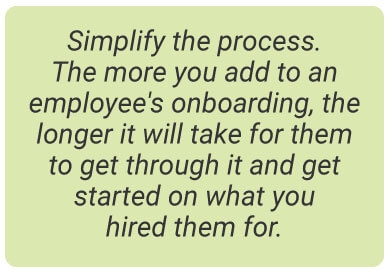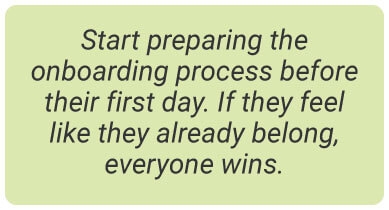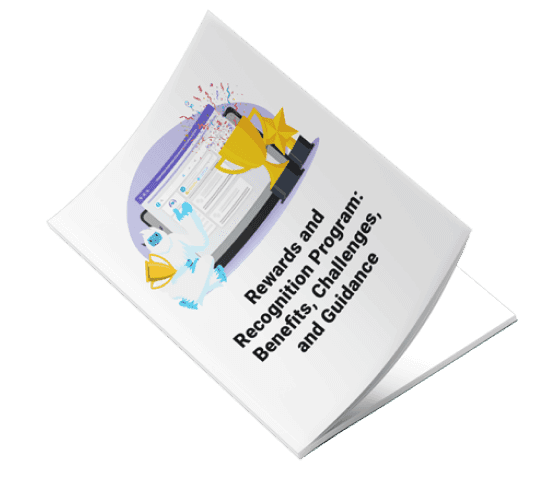
Tips to Level Up New Employee Onboarding
July 11, 2023
|
Erika Rahman
Break the Ice for Introducing Remote Teammates
Simplify the Administrative Process

Provide a Career Progression Blueprint
Assign Meaningful Work Right Away
Be Proactive by Facilitating Relationships
Pair New Hires With a Peer Buddy to Help Them Adjust
Give Them All the Tools for the Job
Start Before They Do

Engage New Employees Across the Board
Distribute Written Instructions
Add More Communication Touchpoints
Check-In More Often
Instill an Understanding of the Company’s “Why”

Ensure the Process Feels Effortless
Clarify Expectations and Goals
Organically Welcome the New Hire
Train Employees to Combat Security Threats
About the Author

Erika Rahman is a Product Marketing and Content Specialist at Motivosity. She studied marketing and business management at Utah Valley University. Erika has a broad background—from optometry to trade school administration—giving her a love and understanding for people across industries. She grew up in Northern California and Colorado, and currently calls the Utah slopes home.
Learn More
Learn More






